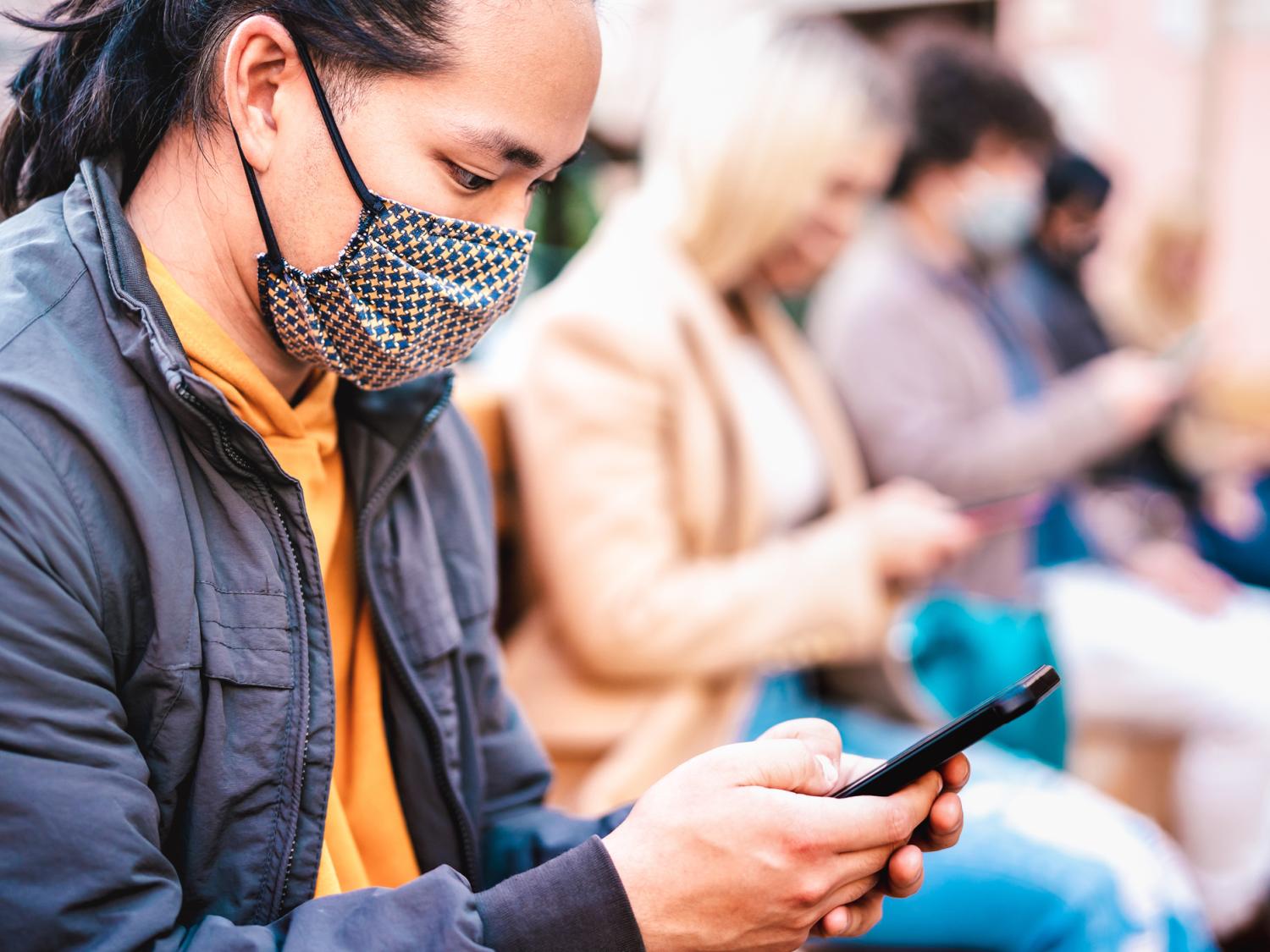
If you see fake news about COVID-19 circulating on your social media feeds, say something — if you have a reliable source to back it up. You could help other users to be less susceptible to misinformation, according to a new study by researchers at the Penn State College of Information Sciences and Technology.
With a great deal of misinformation about COVID-19, vaccinations, and treatment options shared throughout the pandemic, the researchers investigated the effect of users taking action to correct those incorrect statements. They found that user-initiated corrections — whether by an individual or an organization, such as the Centers for Disease Control and Prevention (CDC) — consistently helped other users reject fake news when those corrections included a link to a reliable source.
“This initiative is important and critical because there are so many social media users,” said Aiping Xiong, assistant professor of information sciences and technology. “[We want to encourage] social media users, as long as they have a reliable source, to consider sharing it because it may impact or correct some people’s belief of misinformation.”
Added Dongwon Lee, professor of information sciences and technology, “Fake news is a worldwide issue, and we cannot rely on a single entity or government alone to solve it. We have to expand the solution, [and one option is] relying on users — especially if their corrections are useful — to invite them to correct other users.”
In their study, the researchers conducted three experiments over the course of six months. First, they presented more than 900 workers on Amazon Mechanical Turk with eight news articles about COVID-19 — four real and four fake — in a simulated Twitter interface. Some of the posts sharing the articles showed replies from other users that included corrections to misinformation with source links, which were posted by individual users and the social media accounts of the CDC or the World Health Organization (WHO). Other articles did not include correcting replies.
Participants were asked to rate their perceived accuracy of and willingness to share each article, as well as their level of health anxiety.
Next, in the second experiment, the researchers replicated the first experiment using a different set of COVID-19 news articles and 760 participants to measure the impact of political ideology on users’ susceptibility to COVID-19 misinformation.
In a third experiment with 1,160 participants, the researchers again measured susceptibility to fake news, health anxiety levels and political stance. But in this experiment, correction replies from the fact-checking websites of Snopes and Politifact were examined beside the health organizations of the CDC and WHO.
Across all three experiments, they found that user corrections served to broadly reduce the belief of misinformation. However, individuals with higher levels of health anxiety were still more susceptible to believing and sharing COVID-19 misinformation than those who had fewer concerns about their health. They also found that individuals with a conservative political stance were more susceptible to COVID-19 misinformation than those with liberal beliefs.
The team encourages social media users to call attention to fake news they see online if they have a reliable source.
“Users are the main actors in sharing information on social media; if each of us can actively correct fake news, then we could effectively reduce misinformation dissemination,” said Haeseung Seo, doctoral student of informatics and lead author of the paper. “When you know certain COVID news is fake based on a reliable source, please do not hesitate to correct the fake news on social media. You can contribute to the establishment of a trustworthy social media environment for reliable COVID news, at least during the pandemic.”
Sian Lee, doctoral student of informatics, also participated and co-authored the work. Both Seo and Xiong presented their study at the 16th International Conference on Web and Social Media (AAAI ICWSM-2022), held this week in Atlanta. The work was supported in part by the Penn State SSRI seed grant and the National Science Foundation.